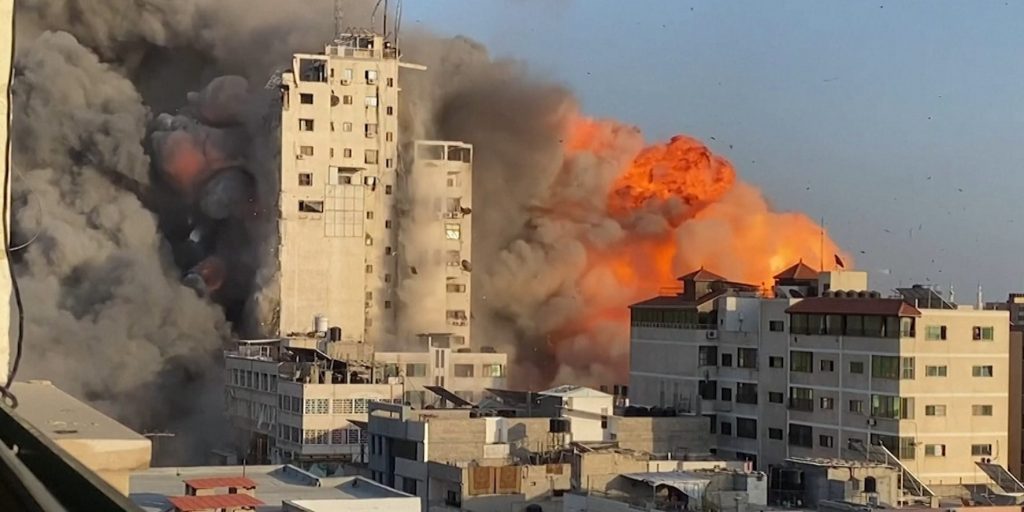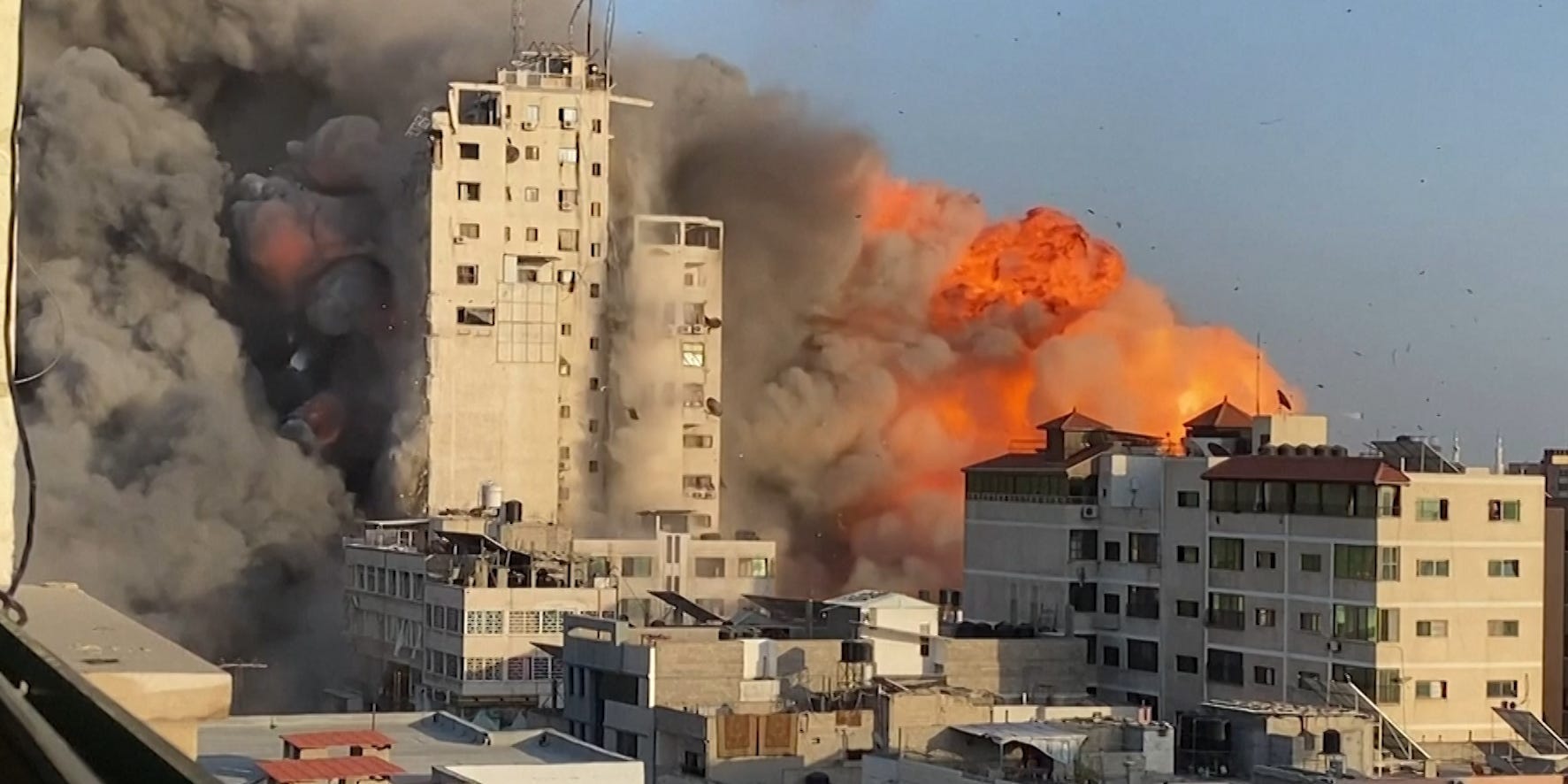
Reuters
- Fighting between Israel and Hamas has killed hundreds of people in recent days.
- Israel has a number of secretive special-operations forces that engage in such fighting.
- Those forces' past operations indicate what kind of missions they might be doing now.
- See more stories on Insider's business page.
The Israel Defense Forces and the Palestinian militant group Hamas have clashed in Gaza and Israel for almost two weeks, with the death toll on both sides rising.
The violence – from riots and airstrikes to lynchings and rocket volleys – has reignited despite the signing of the Abraham Accords, which normalized relations between Israel and several Arab countries and were seen as potentially reducing tensions in the region.
Behind the headlines and the spotlight, it's Israel's special-operations units – among the world's finest – that are moving the pieces and enabling the IDF's operations against Hamas.
A mission gone awry
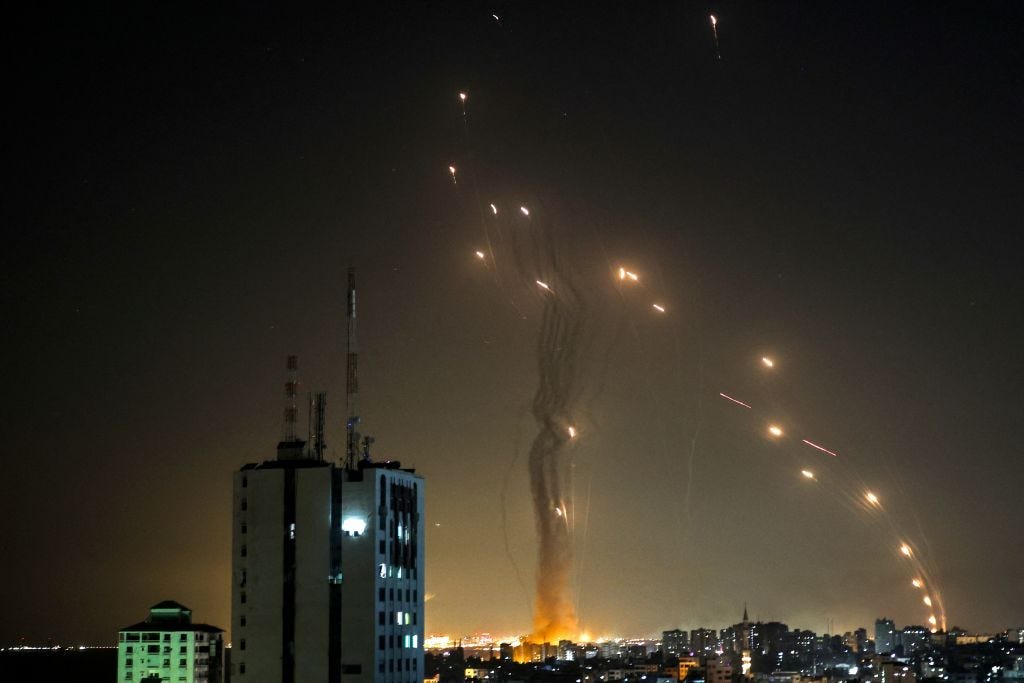
Photo by MOHAMMED ABED/AFP via Getty Images
For good reason, most Israeli special-operations in Gaza, the West Bank, or East Jerusalem go unreported.
Indeed, publicity usually means that a mission went south, as was the case in 2018, when a botched covert operation in Gaza offered a rare glimpse into the shadowy world of Israeli special-operations missions against Hamas.
Commandos from the elite Mista'arvim, an Israeli counterterrorism unit that conducts covert operations in denied or non-permissive areas, were compromised in Gaza during a highly sensitive intelligence operation.
The Israeli commandos had been operating inside Gaza for weeks when their cover was blown.
According to reports, the Israelis were trying to map out the location of mid- and senior-level Hamas leaders and plant tracking devices, presumably for follow-on strikes or another future contingency, such as the current conflict.
At some point, the Israeli team was compromised, leading to a shootout in which the Israeli commandos killed six Hamas terrorists, including a senior member of the organization's military wing, but lost the mission commander to friendly fire.
Deception and special operations
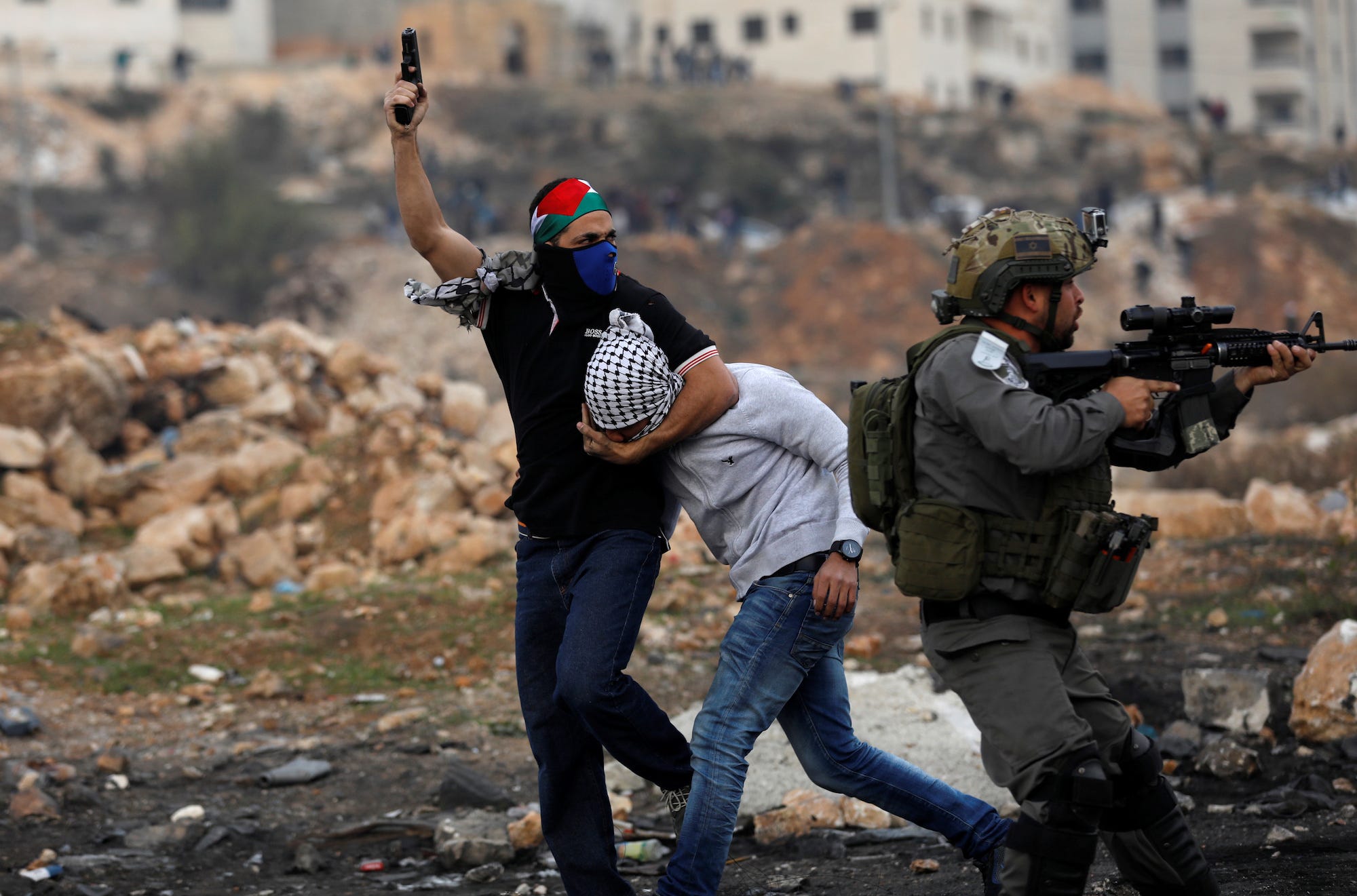
REUTERS/Mohamad Torokman
The IDF certainly knows how to play the game, and its deception tactics are remarkable.
As the Iron Dome air-defense system intercepted thousands of Hamas' rockets, the Israeli government suggested that a ground invasion of Gaza was imminent.
The IDF called up thousands of reservists while several brigades and equipment, including tanks and armored personnel carriers, moved to the border.
That was enough for Hamas' military leadership to send its thousands of fighters into the very extensive and well-developed underground tunnel complex the terrorist organization has been building.
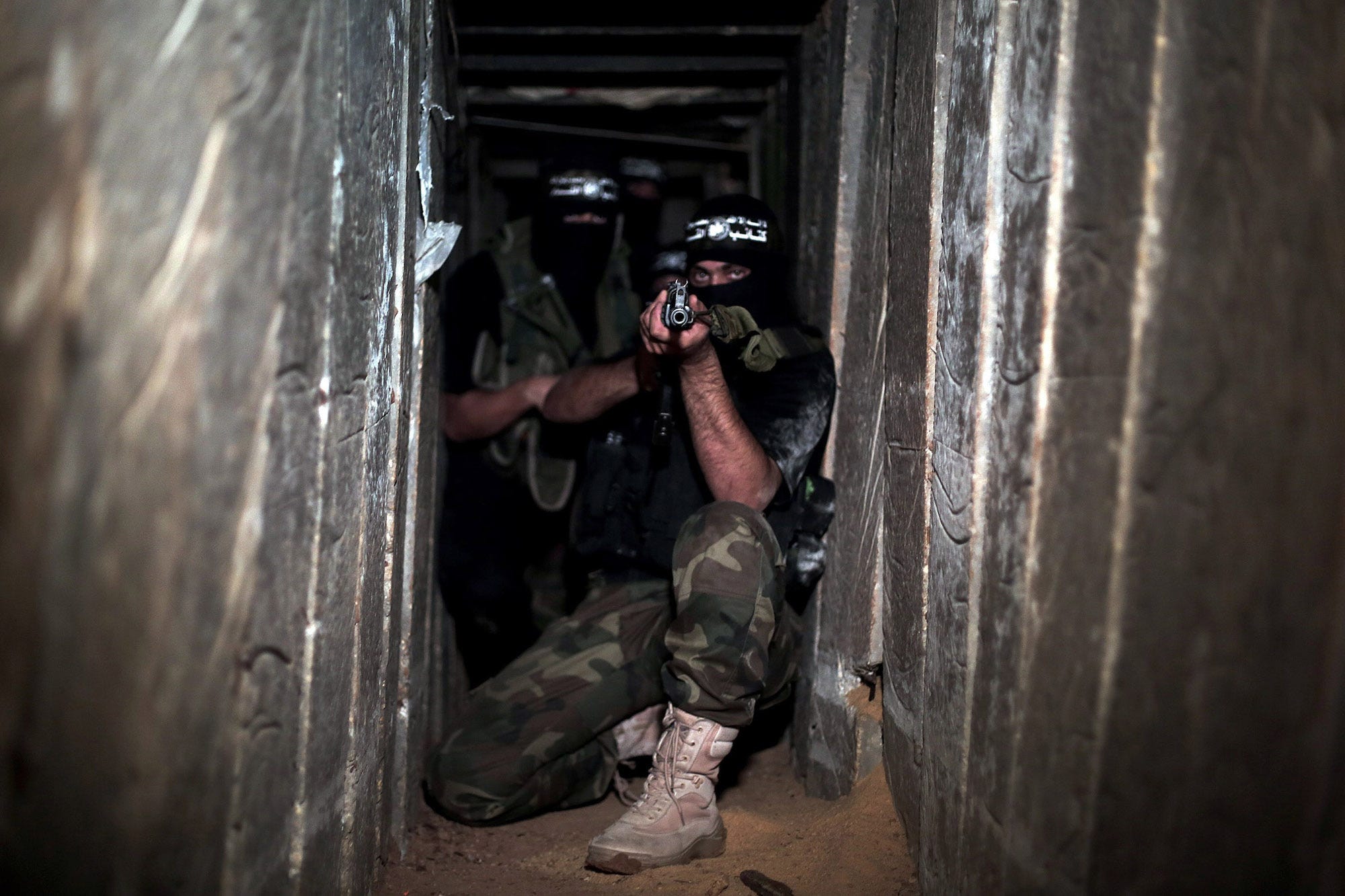
Mustafa Hassona/Anadolu Agency/Getty Images
However, instead of sending in the infantry and armor, the IDF commenced a heavy bombing campaign, with hundreds of airstrikes against the tunnel complex, where thousands of Hamas fighters were waiting to fight.
Not only did the Israelis avoid a protracted and bloody urban-warfare campaign - arguably one of the most difficult types of military operations, as battles from Stalingrad to Fallujah have shown - but they also put Hamas on the spot for hiding in populated areas and thus intentionally increasing the likelihood of civilian casualties.
Such an operation couldn't have been successful without the necessary intelligence.
In the years and months prior, commandos from the Mista'arvim or from the Sayeret Matkal, which is also known as General Staff Reconnaissance Unit 269 and is the IDF's equivalent to the US Army's Delta Force, would have worked with Mossad, Israel's intelligence agency, to create target packages for Hamas' leadership and its infrastructure.
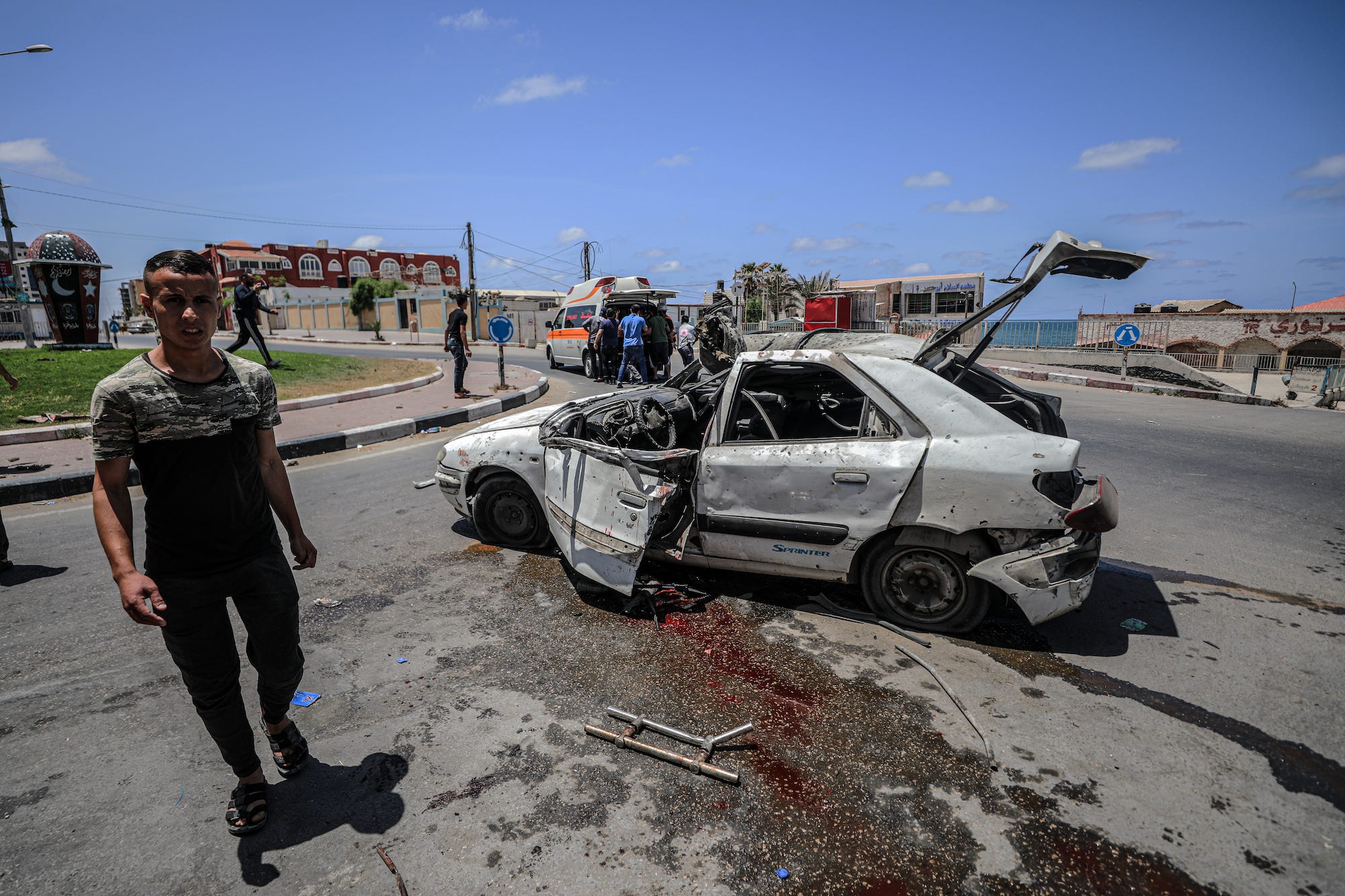
Ali Jadallah/Anadolu Agency via Getty Images
Special operators serving in the Mista'arvim usually have an Arab background - much of the Israeli population is ethnically Arab - and can blend in to a hostile environment like that in Gaza, Lebanon, or Syria.
They would have been responsible for operating within the denied territory or for recruiting assets within Hamas who could provide intelligence to the IDF.
Details about safe houses, headquarters, and underground tunnel entrances, exits, and vents would be categorized for future use.
"The Israelis are top-notch, easily among the top five special-operations communities in the world. Although we work and have operated more closely with the Brits, Aussies, Kiwis, and Canadians, we do work with the Israelis quite often and have a reasonably close relationship with them," a former Delta Force operator told Insider.
Underground fighting
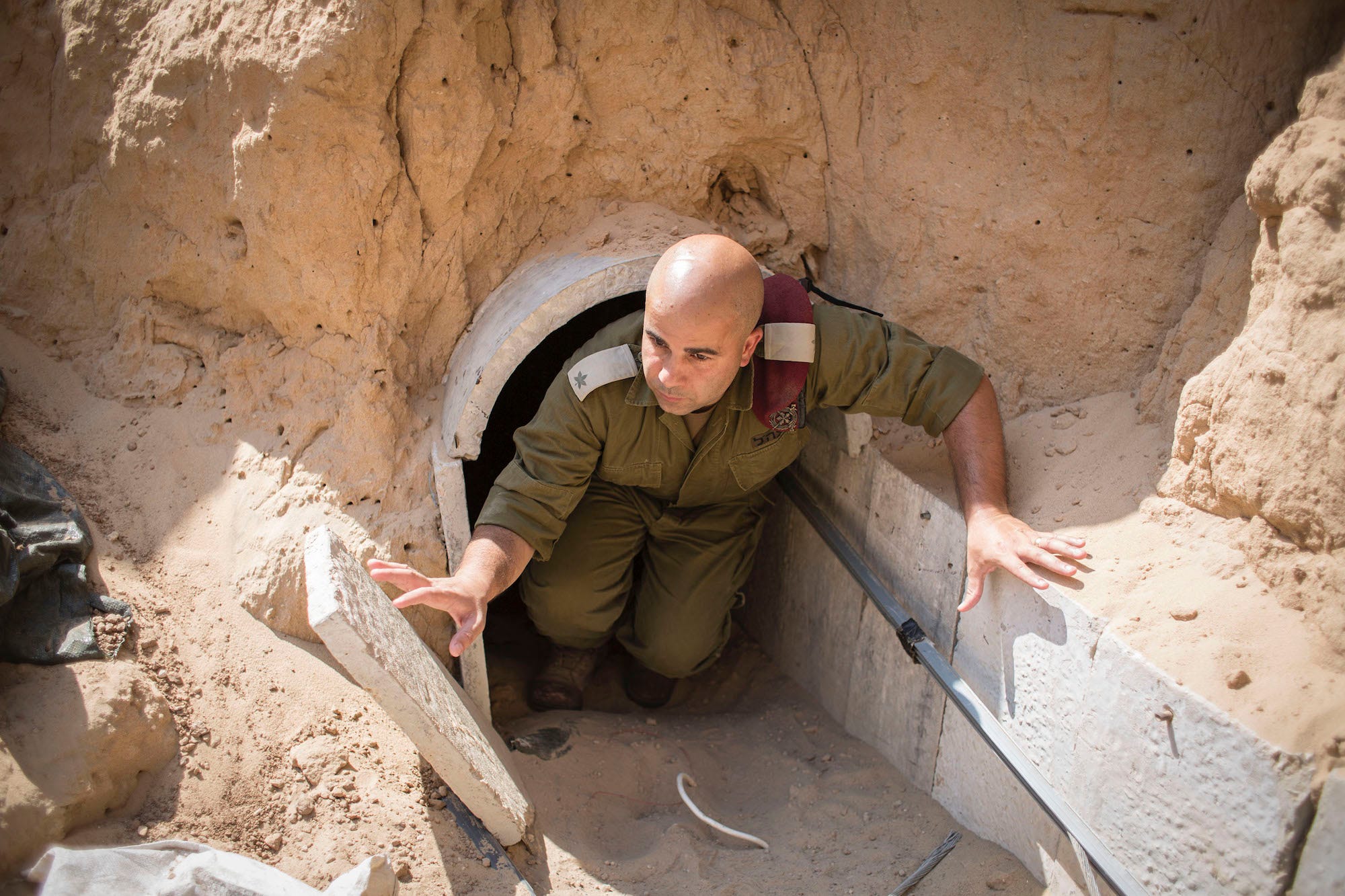
Ilia Yefimovich/Getty Images
The Israelis are certainly not the first ones to deal with complex underground tunnels that are meant to avoid enemy airpower.
During the Vietnam War, the North Vietnamese Army and the Vietcong constructed hundreds of miles of tunnels alongside the Ho Chi Minh Trail, which snaked through North Vietnam, Laos, and Cambodia to supply the insurgency in South Vietnam.
"The NVA had tunnels and underground facilities in Laos. We had teams that ran into air vents from underground structures. They could smell food cooking." John Stryker Meyer, a former Special Forces operator who served in the covert Military Assistance Command Vietnam-Studies and Observations Group (MACV-SOG), told Insider.
Eldon Bargewell, a highly regarded MACV-SOG and Delta Force operator, "chased an NVA into a tunnel that was an NVA underground structure of some sort and was shot in the chest by the enemy," added Meyer, author of "Across the Fence," which details covert operations during the Vietnam War.
"So the NVA/VC had tunnel structures, like at Marble Mountain, where SOG's Command & Control North had caves under it," which US special operators visited years later, Meyer said, referring an area near a US airfield south of Da Nang in South Vietnam.
